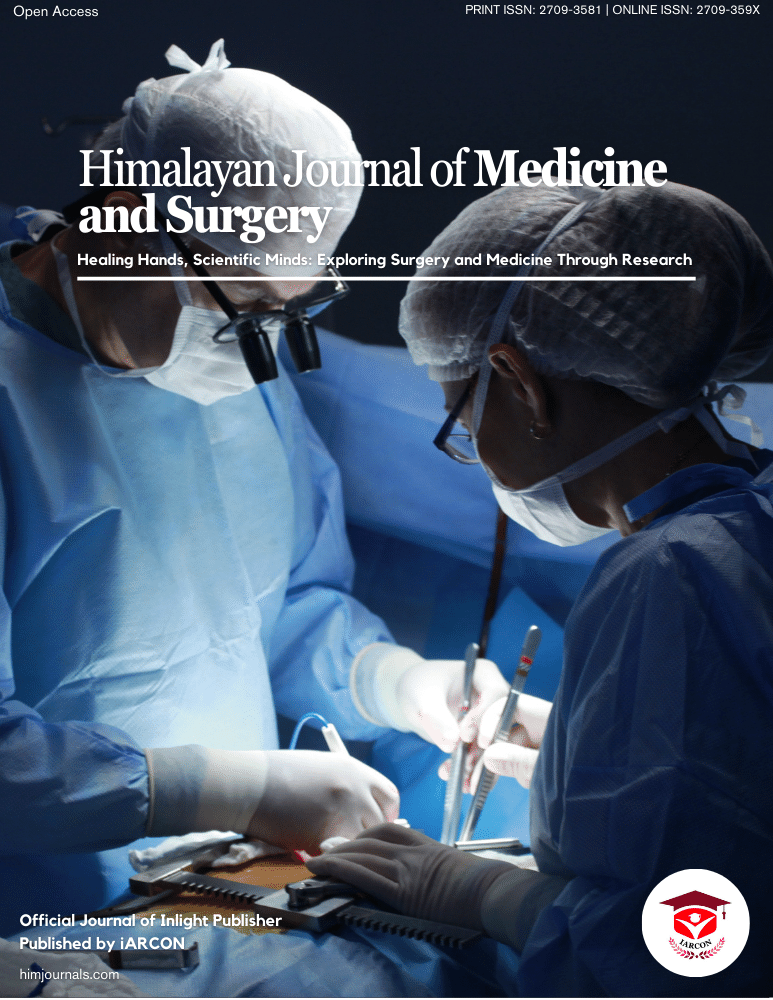Adequate nutritional intervention has shown to attenuate metabolic response to stress and favourably modulate immune responses. Nutritional support in critically ill patient prevents further metabolic deterioration and loss of lean body mass. Decrease in length of hospital stay, morbidity rate and improvement in patient outcomes have attracted and valued the use of nutrition support in critically ill patients [1].
But feeding an elderly patient whose airway reflexes are not intact or whose consciousness level is altered is a challenge. Food, if not chewed or swallowed properly may act as a foreign body. Unlike in Asia, oesophageal food impaction is the commonest cause of oesophageal foreign bodies in the Western hemisphere [2], with an estimated annual incidence rate of 13 per 100 000.6 [3]. As per published data, the foreign bodies most commonly swallowed by adults are fish bones (9%–45%), bones of other animals (8%–40%) and dentures (4%– 18) [4,5].
Foreign bodies may be ingested, inserted intentionally into a body cavity or accidentally deposited by trauma or iatrogenic injury. Most ingested foreign bodies pass naturally, with nearly 80% having a benign course. Approximately 1500 people die annually in the United States from foreign body ingestion. Four broad categories of patients can present with foreign body ingestion or insertion, namely:
Children
Mentally challenged persons
Adults with unusual sexual behaviors
Adults or children with pre-existing factors or injurious situational conditions (e.g. drug and/or alcohol abuse, extreme sports, criminal offenders and those prone to child or spousal abuse) [6,7].
In many cultures, illness is a family affair and family members play an important role in care-giving [8]. In India, lack of adequately trained manpower in hospitals increases the dependency on the family for taking care of the hospitalized ill patients in acute care setting. In the developed world too, there is an increasing tendency to involve family members into caring for the patients so as to make transition from acute care to after care smooth [9].
The need for social support system is felt the most during illness and is maximum in the acute care settings. In the past, various studies have examined the needs and involvement of family members in the care of their hospitalized elderly relatives in acute care settings [10-14]. In recent years, family members as informal caregivers have emerged as important members of the patient's healthcare team. Not only do they provide assistance associated with activities of daily living, they frequently also perform many other activities related to daily living of the patients. Family members have a right to support their hospitalized relatives [10]. Family involvement in acute care setting can help the nursing staff in taking care of the patient in acute care setting and it also provides the opportunity for preparing them for after care of the patients at home following discharge.
Thus, we conclude that family plays a pivotal role in taking care of the patient, it is prime responsibility of medical practioner / healthcare staff to train the family members to take care of their patient.
Shu-Chen Chang et al in 2015 compared the influence of a systematic nursing intervention on primary caregivers' knowledge and skills about nasogastric tube feeding and the number of nasogastric tube-related complications with that of routine nursing instructions [15]. He concluded that Systematic nursing intervention, including comprehensive educational pamphlets and video education, significantly improved the knowledge and skills of primary caregivers for nasogastric tube feeding. The increased ability of caregivers may have contributed to less incidence of complication.
The results of this study underlined the importance of developing nasogastric tube-related nursing interventions and educational strategies for clinical nurses, home care nurses and caregivers. The research tool used here may serve as a reference for assessing the technical operations of healthcare professionals and the knowledge and skills of caregivers.
There is the need for more routine in-service trainings for nursing staff to update their knowledge on NG tube feeding. Hospital management should also make current nursing protocols available to nurses to guide their practice alongside routine onsite supervision of nurses.
In our patient because of altered state of consciousness and lack of proper nursing care by nursing staff as well as untrained family care giver led to major catastrophy. Had the family care giver been properly trained about how to feed the patient properly, could have avoided this major mishap.
Thus, we conclude that training of family members, primary care givers to elderly is an important component of health care, else may lead to major catastrophy, as in our patient. Secondly, training of caregivers to take care of NG tube, PEG tube as well as oral feeding is an essential but neglected sector in medical care.


